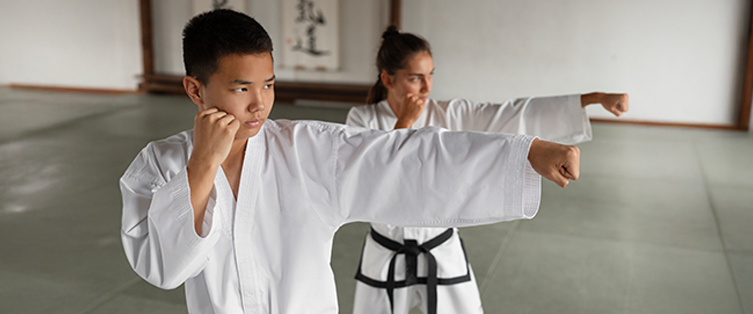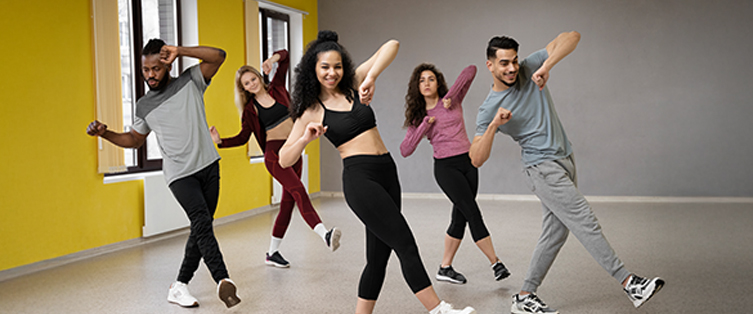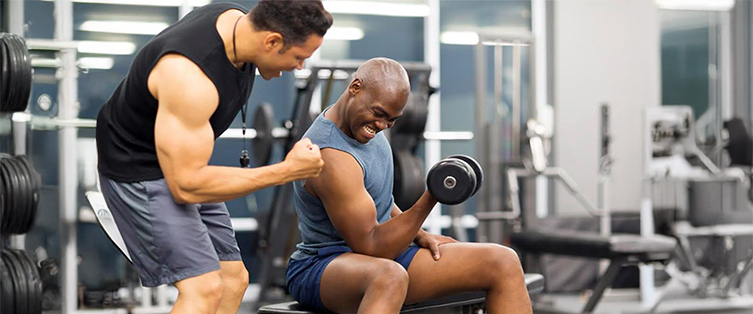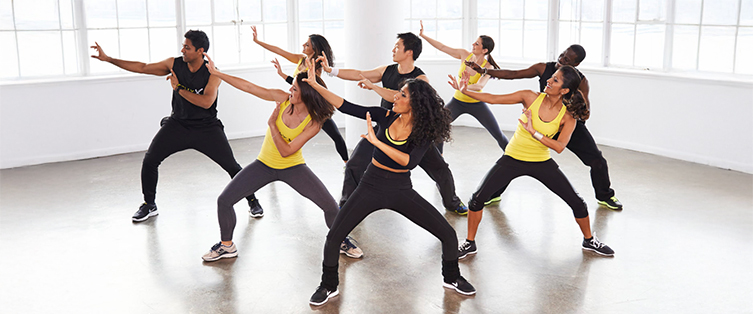When you take a swimming class, you will also learn basic water safety skills. Not only will water safety help you learn how to handle yourself in the water, it will also instill confidence and let you learn more advanced swimming skills. Water safety will also help you develop more freedom when you go to swim, letting you participate in water sports, such as diving, water polo, and synchronized swimming.
Water safety skills that you learn in a swimming course
There are many different water safety skills that are essential to swimming. These skills include breathing in water, how to free float, using a kickboard, and mastering the basic swim strokes.
Essential water safety
In a swimming class, you’ll learn how to get in and out of the pool. You will get details about how to use a ladder to get into a comfortable water depth. You will also learn how to lower yourself into the pool by placing your hands on the side of the pool in a shallow area and lowering yourself in. You will also learn about how to get help if you accidentally breathe in water. Usually, coughing will alleviate this, but sometimes, oxygen is needed when too much water is taken in. A lifeguard will be able to assist in this situation.
Breathing safely in water
One of the skills that you will learn when beginning swimming is how to breathe safely in water. Many swimmers will breathe in for one second while they are swimming and breathe out for two seconds as they swim. Learning the rhythm of breathing will help you master different types of swim strokes and gradually learn how to swim underwater, knowing when to take breaths.
Free floating
Free floating is the basis of many swim strokes. Free floating helps the swimmer balance, reduce the amount of energy spent in the water, and become more efficient in deeper water.
Using a kickboard
There are many benefits of learning to use a kickboard early on. First and foremost, it allows the swimmer to focus only on their legs, hips and stomach muscles. This helps the swimmer focus on making their legs independently. Additionally, the kickboard helps the swimmer focus the bulk of their workout on the legs, acclimating them to the water.
Mastering the basic swim strokes
Learning the basic freestyle and backstroke techniques will help the swimmer navigate safely in the water. Once a swimmer has mastered the basic swim strokes, they can move onto more challenging swim strokes, like the butterfly. Mastery of more difficult swim strokes can help a swimmer engage in swim competitions, play water sports like polo, and do swimming workouts as a core exercise.
Diving safely
The American Red Cross recommends a safe diving depth of 9 feet, which is approximately 2.75 meters. Your instructor will teach you how to dive into a pool safely once you have learned how to control yourself in water.
Why is water safety important?
Water safety is essential for a wide variety of different reasons. You need to know how to get in and out of water safely, the rhythm that goes along with arm and leg movement (achieved through a kickboard in beginner courses), and what to do when you take in water through your mouth and nose. You also will need to know how to conduct yourself safely around the pool area, so that you can demonstrate that knowledge properly to younger swimmers.
Water safety can help make swimming more fun for everyone
Water safety can make swimming more fun for everyone who participates. Children who know their swimming limits can participate in the water sports that they would like. Adults who have just taken up swimming may find that water safety can help them overcome their fear of the water. Mastery of water safety can help a swimmer master the following water sports and activities:
- Individual and team competitive swimming
- Snorkeling and scuba diving
- Canoeing and kayaking
- Surfing
- Wakeboarding
- Water polo
Water safety can help save lives
Swimming lessons and classes play a huge role in decreasing the likelihood of drowning. A study done in the United States found that people who have taken swimming lessons are 88% less likely to drown. While there is no set age on when you can learn to swim, learning to swim from childhood can help:
- Teach respect for the water, which reduces the likelihood of being in a situation where drowning could be a result.
- Impart swimming skills that may help save another person’s life.
- Parents learn the importance of water safety and how to determine whether an appropriate water situation is safe for their children.
How long does it take to master water safety?
Basic water safety can be learned through a rigorous swimming class. However, swimmers spend much of their lifetime mastering water safety. Swimming classes can help individuals appreciate the water, encouraging them to take up competitive swimming. Some individuals also aspire to be experts in water safety, pursuing a career as a lifeguard or a swimming instructor. Some individuals also go on to be competitive swim coaches or coach team water sports.
Why you should take a basic swimming class to master the fundamentals of water safety
Swimming classes with a certified instructor will also train a swimmer some of the most important water safety fundamentals, in addition to handling yourself well in the water. These include:
- Learning your limits as a swimmer, such as your comfort at a particular water depth, and sticking to them.
- Not swimming alone and imparting the same safety principle to other swimmers.
- Knowing what level of water is safe for diving and how to dive into a body of water safely.
- Knowing how to make the home pool a safe environment for swimming.
- Deciding whether a pool or swimming facility has the appropriate measures in place to ensure safe swimming for all parties involved.
Water safety also teaches children how to respect others who are in the water, being alert for unsafe water situations and educating their peers. Not only is water safety an important skill that swimmers learn from youth, but developing skill and agility and learning different strokes is another type of water safety. As a person becomes more comfortable in the water, they are more likely to swim every day. They will also be able to ascertain the safety level of different bodies of water and swimming situations.
However, the most important skill learned in a swimming course is confidence. Over time, swimmers who are more confident are more likely to be engaged in swimming as a core exercise activity.






Leave a Reply